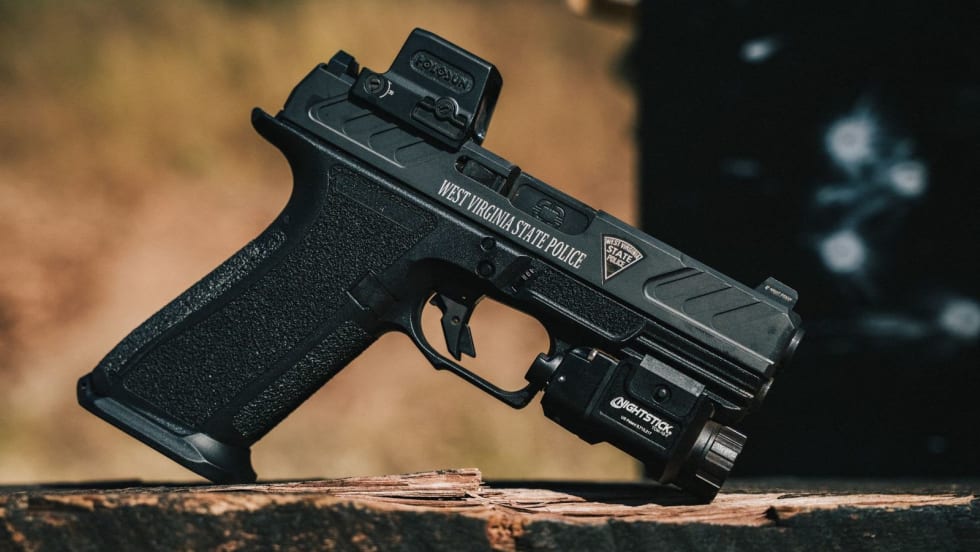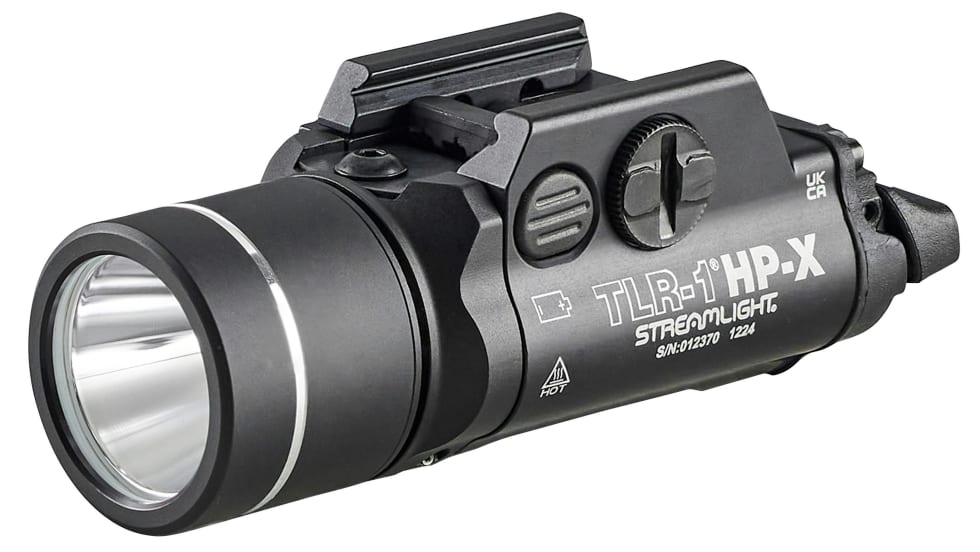Function Testing
While I was modifying the carbine to suit my needs, I took time to wipe it down, run a lubed patch down the barrel, and lubricate the bolt, bolt carrier, buffer, and charging handle. Ensuring that these are all well lubricated makes an AR-style weapon run better. Contrary to what many of us were taught by Uncle Sam, a dry AR is not a happy AR; give it quality lubricant and it will run better.
Once the v5 Lightweight was cleaned and lubricated, it was time to head to the range. I chose a variety of ammunition with bullet weights of 62 grains to 77 grains from Black Hills, Atlanta Arms and Ammunition, and Prvi Partizan. I also decided to shoot my training load, which uses Ramshot Exterminator powder with Montana Gold 52-grain bullets. This variety covered the spectrum of quality duty and training ammunition.[PAGEBREAK]
For optics I chose to use Aimpoint's new Patrol Rifle Optic (PRO) and Vortex's 2.5-10X44 Viper PST in a Precision Reflex Industries mount. This choice of optics gives me a sight for CQB or precision, and the Viper because of its 2.5 power can be used for up-close-and-personal operations. I also wanted to use the Viper with its 10 power magnification to see how well the v5 Lightweight shoots. I find red dot sights do not bring out the best accuracy a firearm has to offer; especially with my middle-aged eyes.
Before testing the v5 Lightweight for accuracy, I needed to ensure it was reliable. To do this I loaded Lancer Systems' L5 magazines and Troy Industries' Battle Magazines with mixed ammunition from my odds-and-ends dump bag. This collection included bullets from most major manufacturers and some .224 bullet weights. The v5 Lightweight didn't care who made the cartridge or what the bullet weighed; it simply fired every time the trigger was pulled. Both the Troy Industries Battle Magazines and Lancer's L5 magazines fed this hodge-podge of ammunition into the v5 Lightweight cartridge after cartridge.










